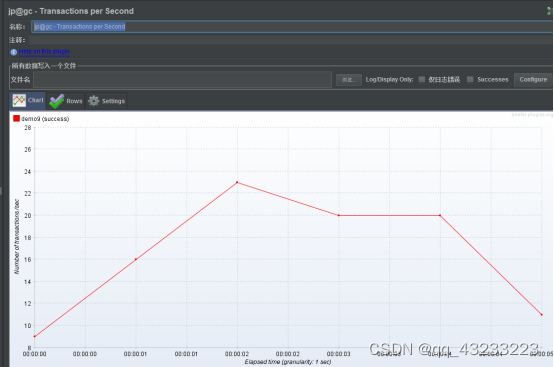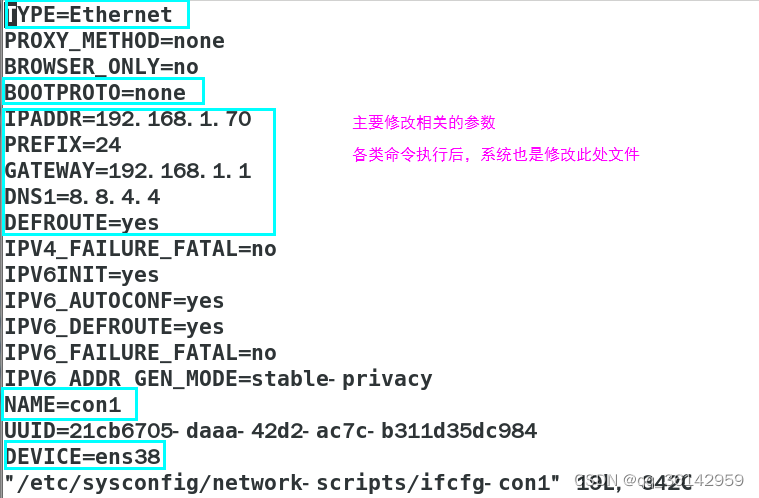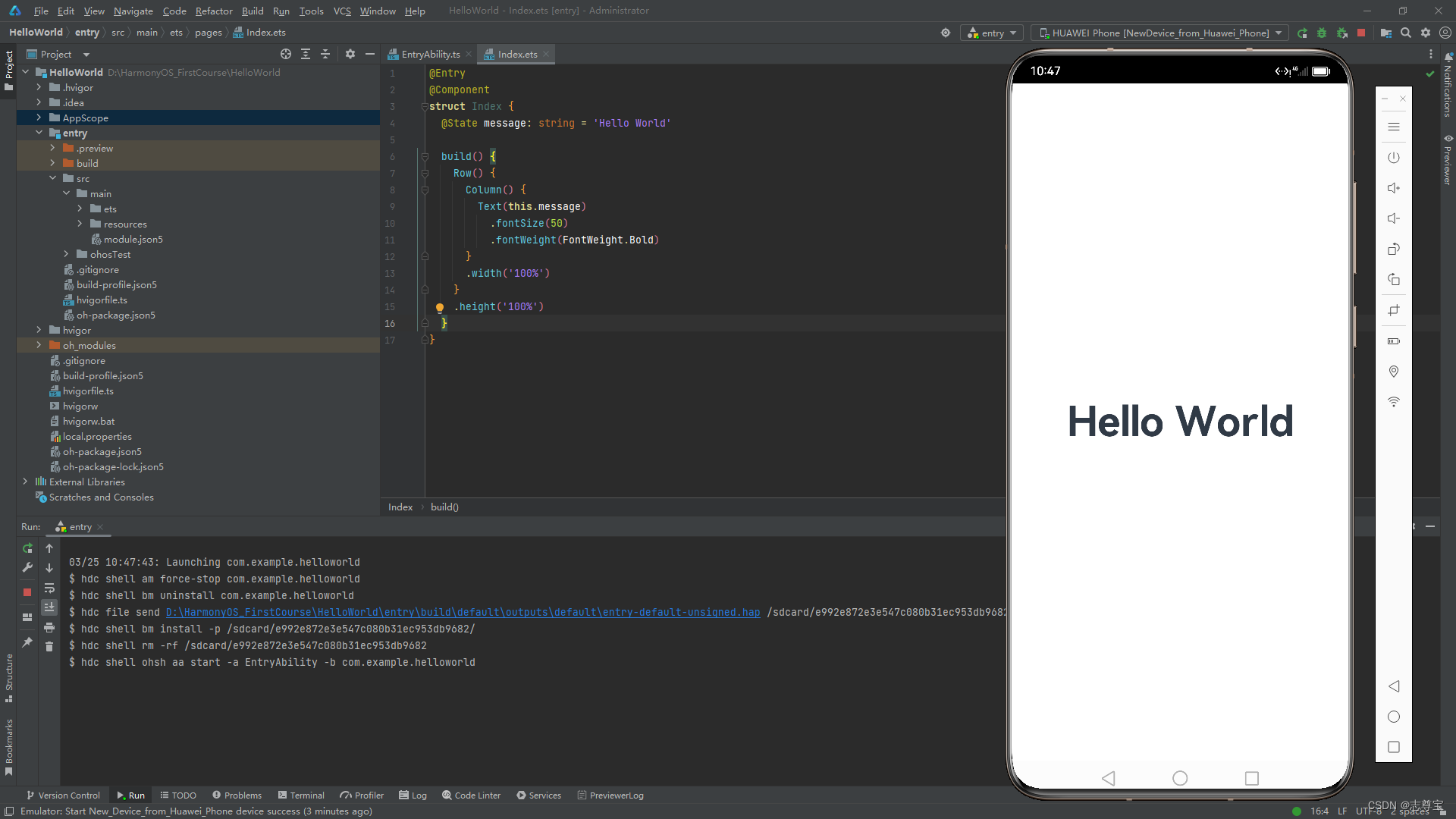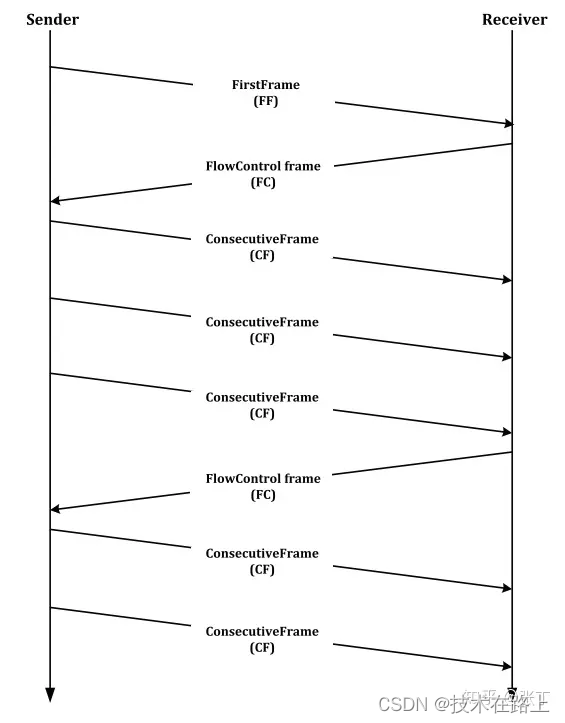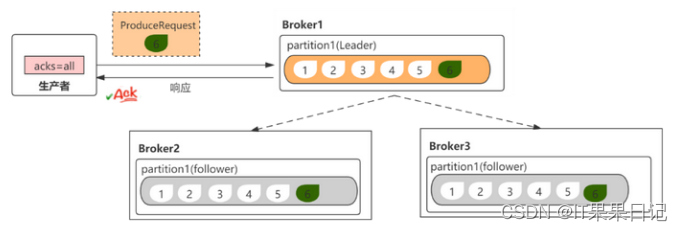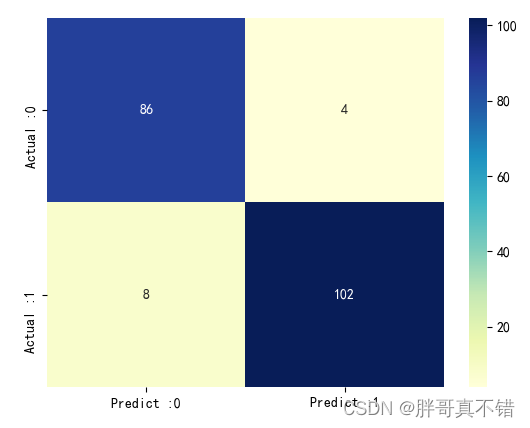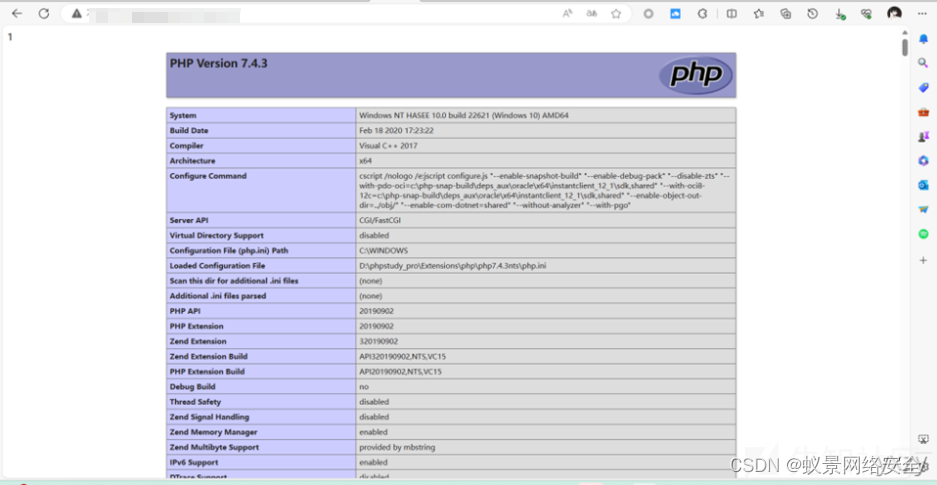传送门:
Toyota Programming Contest 2023#7(AtCoder Beginner Contest 328) - AtCoder
本章对于自己的提升:dfs的运用,带权并查集,以及状压dp。
A,B,C题比较简单,直接附上代码。
A - Not Too Hard
// #pragma GCC optimize(3) //O2优化开启
#include<bits/stdc++.h>
using namespace std;
#define int long long
typedef long long ll;
typedef pair<int,int> PII;
const int mod=998244353;
int b[1000005];
int n,x;
void icealsoheat(){
cin>>n>>x;
int ans=0;
for(int i=1;i<=n;i++)cin>>b[i];
for(int i=1;i<=n;i++){
ans+=b[i]<=x?b[i]:0ll;
}
cout<<ans;
}
signed main(){
ios::sync_with_stdio(false);
cin.tie();
cout.tie();
int _yq;
_yq=1;
// cin>>_yq;
while(_yq--){
icealsoheat();
}
}B - 11/11
// #pragma GCC optimize(3) //O2优化开启
#include<bits/stdc++.h>
using namespace std;
#define int long long
typedef long long ll;
typedef pair<int,int> PII;
const int mod=998244353;
int b[1000005];
int n,x;
void icealsoheat(){
cin>>n;
int ans=0;
for(int i=1;i<=n;i++)cin>>b[i];
for(int i=1;i<=n;i++){
// if(b[i]>=i)ans++;
int x=i%10;
int an=i;
bool f=0;
while(an){
if(an%10!=x){
f=1;
break;
}
an/=10;
}
if(f)continue;
int bn=x;
while(b[i]>=bn){
ans++;
bn=bn*10+x;
}
}
cout<<ans;
}
signed main(){
ios::sync_with_stdio(false);
cin.tie();
cout.tie();
int _yq;
_yq=1;
// cin>>_yq;
while(_yq--){
icealsoheat();
}
}C - Consecutive
// #pragma GCC optimize(3) //O2优化开启
#include<bits/stdc++.h>
using namespace std;
#define int long long
typedef long long ll;
typedef pair<int,int> PII;
const int mod=998244353;
int b[1000005];
int n,q;
string s;
int sum[1000005];
void icealsoheat(){
cin>>n>>q;
cin>>s;
s=' '+s;
for(int i=2;i<=n;i++){
if(s[i]==s[i-1]){
sum[i]=sum[i-1]+1;
}
else sum[i]=sum[i-1];
}
while(q--){
int l,r;
cin>>l>>r;
int ans=sum[r]-sum[l-1];
if(s[l]>1&&s[l]==s[l-1]){
ans--;
}
cout<<ans<<"\n";
}
}
signed main(){
ios::sync_with_stdio(false);
cin.tie();
cout.tie();
int _yq;
_yq=1;
// cin>>_yq;
while(_yq--){
icealsoheat();
}
}D - Take ABC
// #pragma GCC optimize(3) //O2优化开启
#include<bits/stdc++.h>
using namespace std;
#define int long long
typedef long long ll;
typedef pair<int,int> PII;
const int mod=998244353;
// int b[1000005];
int n,q;
string s;
int sum[1000005];
void icealsoheat(){
string s;
cin>>s;
vector<char>b;
for(auto i:s){
if(i!='C'||b.size()<2){
b.push_back(i);
}
else{
int id=b.size();
if(b[id-1]=='B'&&b[id-2]=='A'){
b.pop_back();
b.pop_back();
}
else{
b.push_back(i);
}
}
}
for(auto i:b){
cout<<i;
}
}
signed main(){
ios::sync_with_stdio(false);
cin.tie();
cout.tie();
int _yq;
_yq=1;
// cin>>_yq;
while(_yq--){
icealsoheat();
}
}E - Modulo MST
这题要求是找边权经行取模后的(注意是取模后的数值)最小的最小生成树。此处的边的数量就未必是n-1了。我们需要用dfs把所有可能都跑一遍,并找到能把所有点能链接的最小生成树的最小的边权。(我没有想到会用这么暴力的写法,时间复杂度计算有待提高,赛时没有做出来)。在这里偷了jiangly的并查集板子。并查集用于查询到底有多少个点被取到了。应为他把并查集用了一个结构体进行递归,所以使得他的并查集可以迭代,很巧妙。
// #pragma GCC optimize(3) //O2优化开启
#include<bits/stdc++.h>
using namespace std;
#define int long long
typedef long long ll;
typedef pair<int,int> PII;
const int mod=998244353;
int u[1000005];
int v[1000005];
int w[1000005];
struct DSU {
std::vector<int> f, siz;
DSU() {}
DSU(int n) {
init(n);
}
void init(int n) {
f.resize(n);
std::iota(f.begin(), f.end(), 0);
// for(int i=1;i<=n;i++)f[i]=i;
siz.assign(n, 1);
}
int find(int x) {
while (x != f[x]) {
x = f[x] = f[f[x]];
}
return x;
}
bool same(int x, int y) {
return find(x) == find(y);
}
bool merge(int x, int y) {
x = find(x);
y = find(y);
if (x == y) {
return false;
}
siz[x] += siz[y];
f[y] = x;
return true;
}
int size(int x) {
return siz[find(x)];
}
};
int n,m,k;
void icealsoheat(){
cin>>n>>m>>k;
for(int i=1;i<=m;i++){
cin>>u[i]>>v[i]>>w[i];
}
int ans=k;
auto dfs=[&](auto self,int i,DSU dsu,int s)->void{
if(i==m+1){
bool f=0;
for(int i=1;i<=n;i++){
if(!dsu.same(i,1)){
f=1;
break;
}
}
if(!f)ans=min(ans,s%k);
return;
}
self(self,i+1,dsu,s);
if(!dsu.same(u[i],v[i])){
dsu.merge(u[i],v[i]);
self(self,i+1,dsu,s+w[i]);
}
};
dfs(dfs,1,DSU(n+5),0);
cout<<ans;
}
signed main(){
ios::sync_with_stdio(false);
cin.tie();
cout.tie();
int _yq;
_yq=1;
// cin>>_yq;
while(_yq--){
icealsoheat();
}
}F - Good Set Query

这题是一道很典型的带权并查集的板子题,但我当时带权并查集忘却了,这里让我查漏补缺了。
代码如下:
// #pragma GCC optimize(3) //O2优化开启
#include<bits/stdc++.h>
using namespace std;
#define int long long
typedef long long ll;
typedef pair<int,int> PII;
const int mod=998244353;
int n,q;
int w[1000005];
int pre[1000005];
// int a[1000005];
int find(int x){
if(x==pre[x])return x;
int t=pre[x];
pre[x]=find(pre[x]);
w[x]+=w[t];
// pre[x]=find(pre[x]);
return pre[x];
}
void icealsoheat(){
cin>>n>>q;
for(int i=1;i<=n;i++)pre[i]=i;
for(int i=1;i<=q;i++){
int a,b,d;
cin>>a>>b>>d;
int xx=find(a);
int yy=find(b);
if(xx==yy&&w[a]-w[b]==d)cout<<i<<" ";
else if(xx!=yy){
pre[yy]=xx;
w[yy]+=w[a]-d-w[b];
cout<<i<<" ";
}
}
}
signed main(){
ios::sync_with_stdio(false);
cin.tie();
cout.tie();
int _yq;
_yq=1;
// cin>>_yq;
while(_yq--){
icealsoheat();
}
}G - Cut and Reorder
这题题目没看懂啥意思。
这里我看了大佬的题解Toyota Programming Contest 2023#7(AtCoder Beginner Contest 328) - 知乎 (zhihu.com)
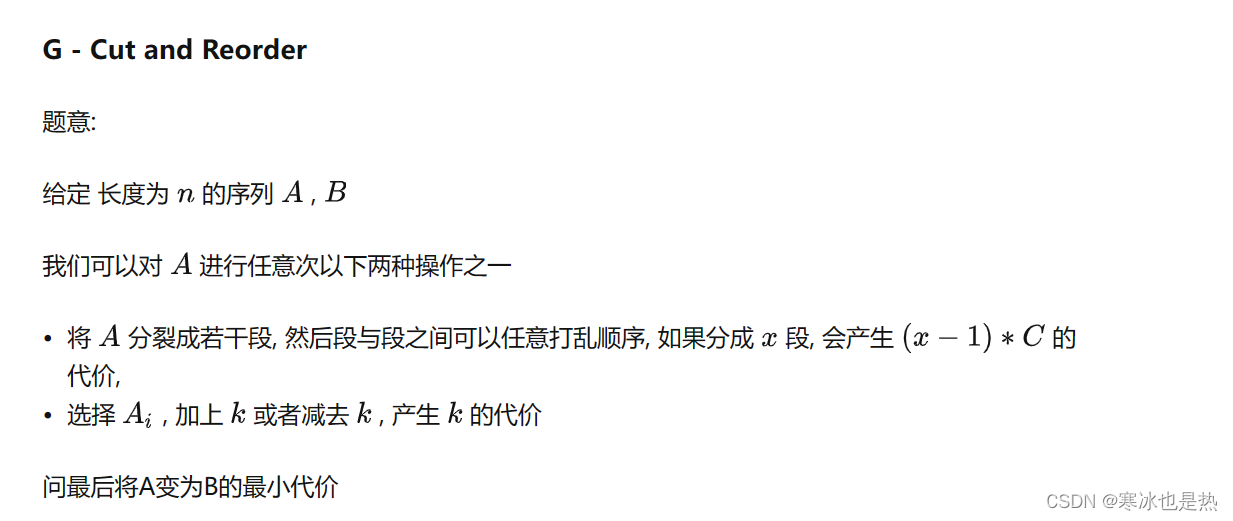
这个数据一看到n<=22,就该第一时间想到,这很状压,但我思维太过浅薄,没有想到如何迭代状态。看了佬的题解才明白。
代码如下:
// #pragma GCC optimize(3) //O2优化开启
#include<bits/stdc++.h>
using namespace std;
#define int long long
typedef long long ll;
typedef pair<int,int> PII;
const int mod=998244353;
int n,c;
int a[10005];
int b[10005];
void icealsoheat(){
cin>>n>>c;
for(int i=0;i<n;i++)cin>>a[i];
for(int i=0;i<n;i++)cin>>b[i];
vector<int>dp((1<<n)+5,0x3f3f3f3f3f3f3f3f);
dp[0]=-c;
for(int i=0;i<(1<<n);i++){
int cnt=__builtin_popcount(i);
for(int j=0;j<n;j++){
if(!(i>>j&1)){
int k=j;
int sum=0;
int ns=i;
int id=0;
while(k<n&&!(i>>k&1)&&cnt+id<n){
ns|=(1ll<<k);
sum+=abs(a[k]-b[cnt+id]);
id++;
k++;
// ns|=(1ll<<k);
dp[ns]=min(dp[ns],dp[i]+sum+c);
}
}
}
}
cout<<dp[(1<<n)-1];
}
signed main(){
ios::sync_with_stdio(false);
cin.tie();
cout.tie();
int _yq;
_yq=1;
// cin>>_yq;
while(_yq--){
icealsoheat();
}
}

